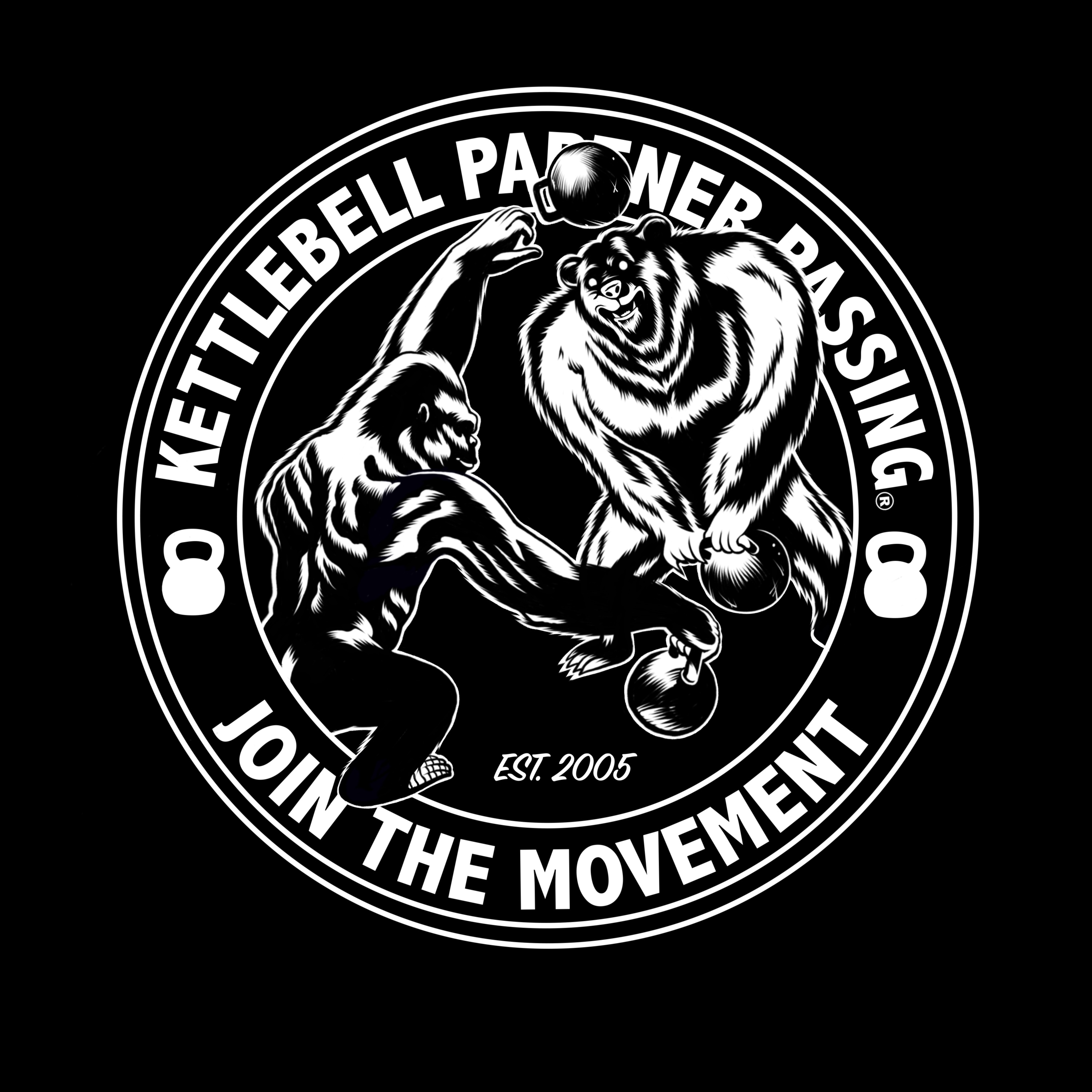3 Breathing Drills for Better Movement
- Kettlebell Partner Passing

- Jul 30, 2021
- 4 min read
Updated: Aug 28, 2021

Breathing is how the body regulates heart rate, stimulates the lymphatic system, increases energy, and enhances relaxation. Using an appropriate breathing pattern for the activity you are doing can make a world of difference in the speed and ease of your movement.
Breathing Styles for KPP
We use several different styles of breathing for KPP. When lifting, tossing, or passing a substantial amount of weight, we brace the core using the Valsalva maneuver to protect the spine. Bracing the core is safe for short periods of time if you have been cleared by your doctor to do so. That being said, if you are doing high reps there are other techniques that will work better.
When passing a manageable weight for high repetitions, we use nasal breathing, meaning we breathe in and out of the nose to fill the lungs and belly with air. Nasal breathing promotes getting into a flow state and regulates the intensity of activity. When passing for high reps, we do not use the Valsalva maneuver to brace the abdominals, instead we use our core musculature to protect the spine. That being said, different breathing techniques can be used within a single exercise, depending on the demands of that exercise. Part of KPP is learning what breath to use when.
Breathing for Recovery During Exercise
When finished with KPP, either in between sets or at the end of a session, we use deep, slow, and deliberate nasal breathing to relax the body from the work that has just been done and to signal the nervous system that we are down-regulating from an excitatory stimulus to a restful recovery mode. When used in between sets, the purpose of the nasal breathing is to bring the heart rate down and recover for the next set, and as a means to circulate oxygen through our bodies. At the end of a bout, nasal breathing is a useful tool to bring the heart rate back down to a slower, more sustainable pace to continue on with our day.
How to Perform Nasal Breathing
Because there are contraindications for the Valsalva maneuver, it is best to learn that style of breathing in person with a trained professional, so we will not go into that here. Instead, here are some tips for the deep, slow nasal breathing that we use between sets or at the end of a bout.
First, breathe in and out through your nose at a pace that makes sense for the level of exertion you just engaged in, for as many breaths as is needed to catch your breath and slow your heart rate. Aim to slow the breath and elongate the length of your inhales and exhales. You may find your breathing is noisy during the first set post-exercise; aim to make the breath silent, slow, and smooth. Try to make each breath as big as possible without straining; the breaths should be equal in length, and ideally there is a seamless transition from in breath to out breath.
3 Moves to Develop a Solid Nasal Belly Breath
1. Weighted Belly Breath
Lay on your back in a comfortable position.
Place a weight (3-10 lbs.) on your belly. Keep your hands on the weight to prevent it from falling.
Exhale through the nose and allow the weight to sink towards the floor.
Inhale through the nose and lift the weight with your belly; refrain from straining.
The idea is to move slowly and coordinate the lifting and lowering of the weight with the pace of the inhale and exhale.
Repeat for 3 sets of 5-10 reps (a rep consists of one full exhale and inhale).
2. Crocodile Breath
Lay on your stomach.
Fold your hands under your forehead, face pointed down to the floor to keep your neck from kinking.
Inhale through the nose and press your belly into the floor, raising your spine away from the ground with the inhalation breath. Allow the air to fill up and expand the sides of your midsection and your low back in addition to your belly.
Exhale through the nose slowly, allowing your spine to return to its starting position.
Imagine that you are expanding away from your spine on the inhale and returning towards your spine on the exhale. Use the ground for feedback.
Practice 3-10 breaths for 3 sets. Start easy and build up; there is no hurry.
*Modified Crocodile Breath can be done either on a Physio Ball or a Bosu ball. The elastic nature of the ball will offer resistance as you inhale into it and the ball will push back as you exhale. While the modified version is easier in some ways, it can be more difficult in others; choose the version that is appropriate for you.
3. Nasal Belly Breath
Start on your back in a comfortable position.
Inhale and exhale through the nose.
On the inhale, expand your belly as far as you can without straining. Aim for your inhale to be quiet, gentle, smooth, slow and continuous.
On the exhale, pull the belly button as close to the spine as you can without straining.
With each breath, aim to improve the quality of your breath, consciousness, and focus.Do the best you can to focus on the breath without judgment and allow for the body and mind to relax more with each consecutive breath.
Practice 3 sets of 10 breaths.
Practicing the exercises outlined above will prepare your mind and body for using the appropriate breathing pattern when you are doing KPP, or any other physical activity. When performed daily, the exercises are a great way to improve both physical and mental well-being.



Comments